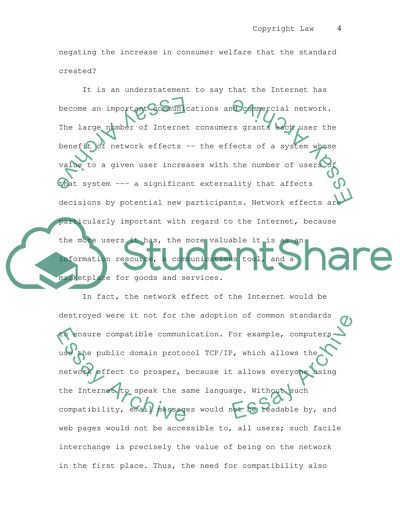Cite this document
(“Copyright Law Master Essay Example | Topics and Well Written Essays - 4500 words”, n.d.)
Retrieved from https://studentshare.org/law/1523843-copyright-law-master-essay
Retrieved from https://studentshare.org/law/1523843-copyright-law-master-essay
(Copyright Law Master Essay Example | Topics and Well Written Essays - 4500 Words)
https://studentshare.org/law/1523843-copyright-law-master-essay.
https://studentshare.org/law/1523843-copyright-law-master-essay.
“Copyright Law Master Essay Example | Topics and Well Written Essays - 4500 Words”, n.d. https://studentshare.org/law/1523843-copyright-law-master-essay.


